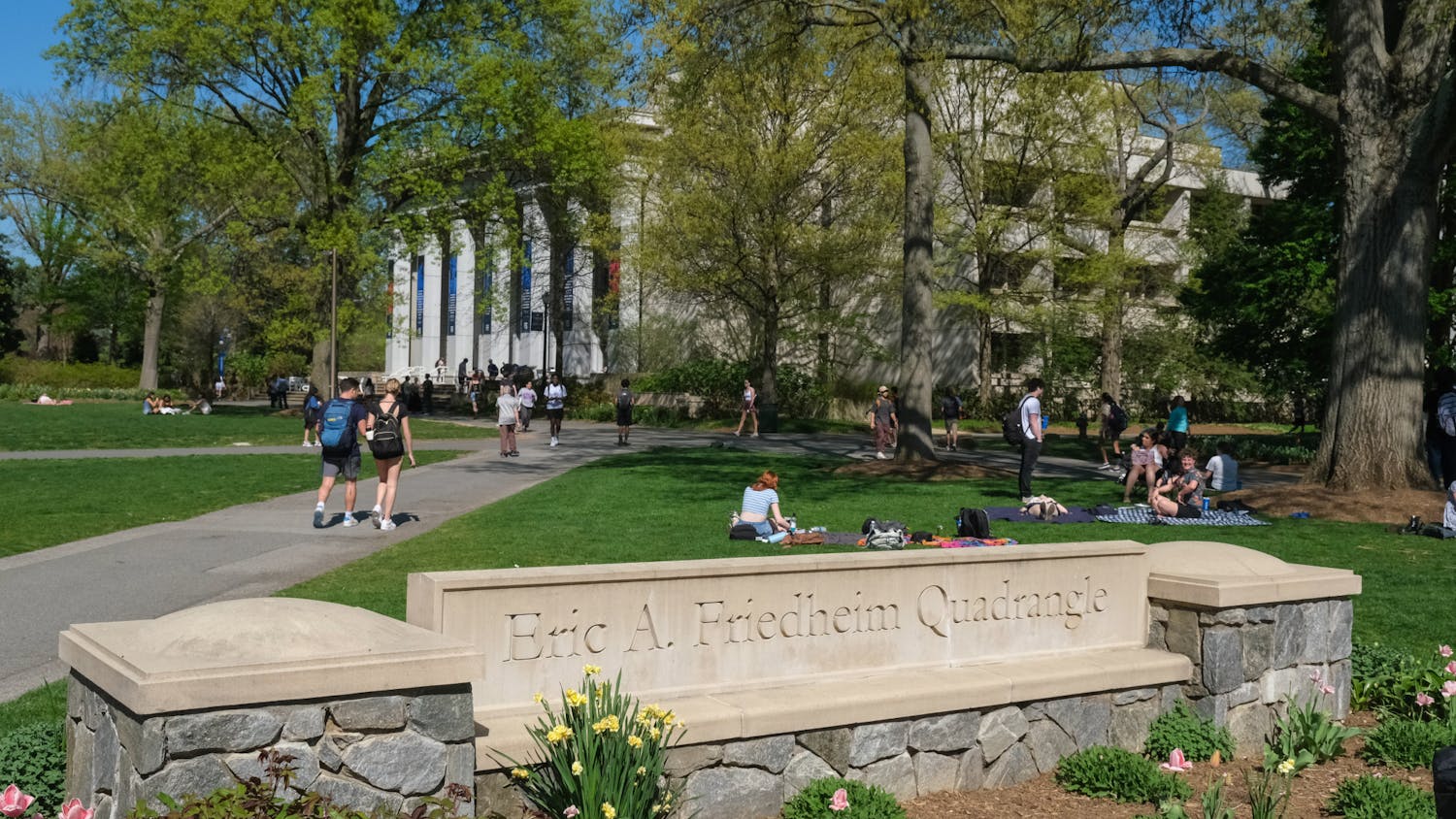The following piece is an opinion and does not reflect the views of The Eagle and its staff. All opinions are edited for grammar, style and argument structure and fact-checked, but the opinions are the writer’s own.
I started attending American University in the fall of 2023 and will graduate in the spring of 2026, almost entirely because of the college credits I brought to AU through the Advanced Placement program. Taking AP classes in high school and applying those credits to my college degree has saved me time, money and resources. However, such courses are not accessible to all students, so the benefits of taking AP classes are not equally attainable. Despite its appearance as a promoter of equity, the AP program amplifies systemic inequities in education, leaving many low-income and minority students behind.
Commonly, those who take AP classes do so because they have the necessary educational resources. In this way, the AP program — and the corresponding credits — reflects the deep inequities within this nation’s education system.
If students from financially stable backgrounds have greater access to AP classes, they can go on to save money in college, complete their degrees quicker and be better prepared for post-secondary education. Low-income students are systematically excluded from the AP program (especially in STEM classes), furthering their economic struggles and perpetuating an unjust, unequal educational system.
Although proponents of AP classes as equalizers claim that the courses help low-income students save money in the long run, they fail to address key shortcomings of the program. While the College Board, the organization that runs the for-profit AP program, offers reduced rates for students and schools that qualify, the $53 price tag per exam is still out of the question for many. This prohibiting cost — the equivalent of over seven hours of work at the federal minimum wage — only increases for students taking multiple exams.
Besides cost, overall access is another limiting factor for AP classes. In Virginia, for example, 71 percent of public high schools in low-income areas offer AP classes compared to 99 percent of public high schools in middle and high-income areas. However, the amount of classes and caliber of instruction differs greatly from school to school. Interest and enrollment are also directly correlated to the availability of AP classes, with some being cut by schools due to low interest. Because public high schools are mainly funded by state and local governments, schools in low-income areas have far fewer resources and less support — leading to weak AP programs (if they exist at all).
While both public and private high schools can have strong AP programs, private high schools outperform public high schools on AP exams. As of 2019, only 8 percent of low-income students attend private schools, so they are further alienated from such beneficial programs and opportunities.
Racial inequities, though present throughout the entire educational system in this nation, are especially evident in AP programs. In 2022, the average white student scored 3 on AP exams, whereas the average Black student scored 2.1. For reference, AP exams are scored on a 5-point scale where anything above 3 is passing. The disparities in education among racial lines are therefore exacerbated by AP programs. As white students benefit from the classes, exams and credit, students of racial minority identities face yet another adversity.
Still, many less visible barriers limit low-income students’ success. Many low-income students work part-time jobs out of necessity or are left to care for siblings or other household matters. Such responsibilities can be immensely time-consuming and limit their ability to focus on coursework. Due to the rigor of AP classes, students can expect one hour of homework per night. If students cannot keep up with the quick-paced, heavy workload of AP classes because of external factors, their potential for success on the exam decreases.
The inequities in the AP Program at the high school level are exacerbated in higher education. Students from low-income families attend college at a rate of about 50 percent, whereas their middle and upper-income counterparts attend at rates of 64 percent and 89 percent, respectively. Though the College Board claims to prepare students for college, its programs heighten pre-existing socioeconomic and racial disparities.
All this being said, I am not advocating for AP programs to be eradicated. As a company with a net worth of over $1.7 billion, the College Board has the means to enact policies and programs to lessen the current disparities. Initiatives such as the National Recognition Programs are taking strides in the right direction to address current shortcomings. However, much more needs to be done to bridge the socioeconomic gap that persists within AP programs; increased state and federal funding, better training and compensation for AP instructors and full fee waiving are just some solutions that would immensely lessen the current disparities.
As those who have benefitted from AP classes know, there is a duality to this issue. One can benefit from the opportunities provided by AP credit and still acknowledge the privilege of acquiring such an advantage. Understanding the inequities that contribute to disparities within higher education is a good first step, but supporting more tangible, policy-based actions is equally as crucial.
Addie DiPaolo is a sophomore in the School of Public Affairs and a columnist for The Eagle.
This article was edited by Quinn Volpe, Alana Parker and Abigail Turner. Copy editing done by Luna Jinks, Olivia Citarella, Emma Brown and Nicole Kariuki.





